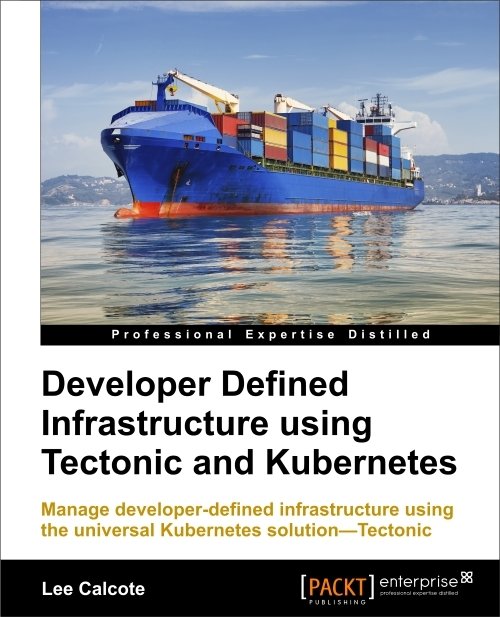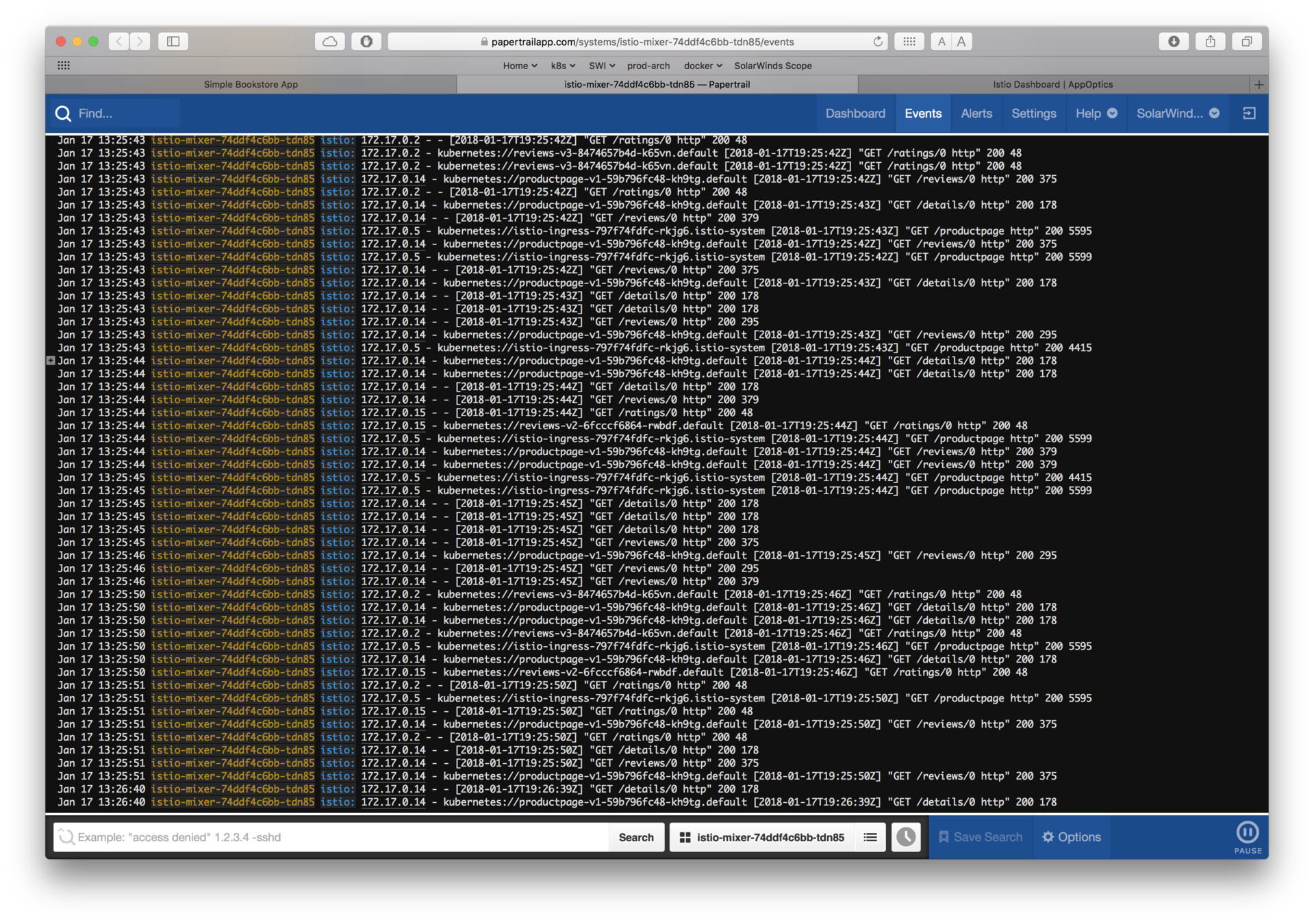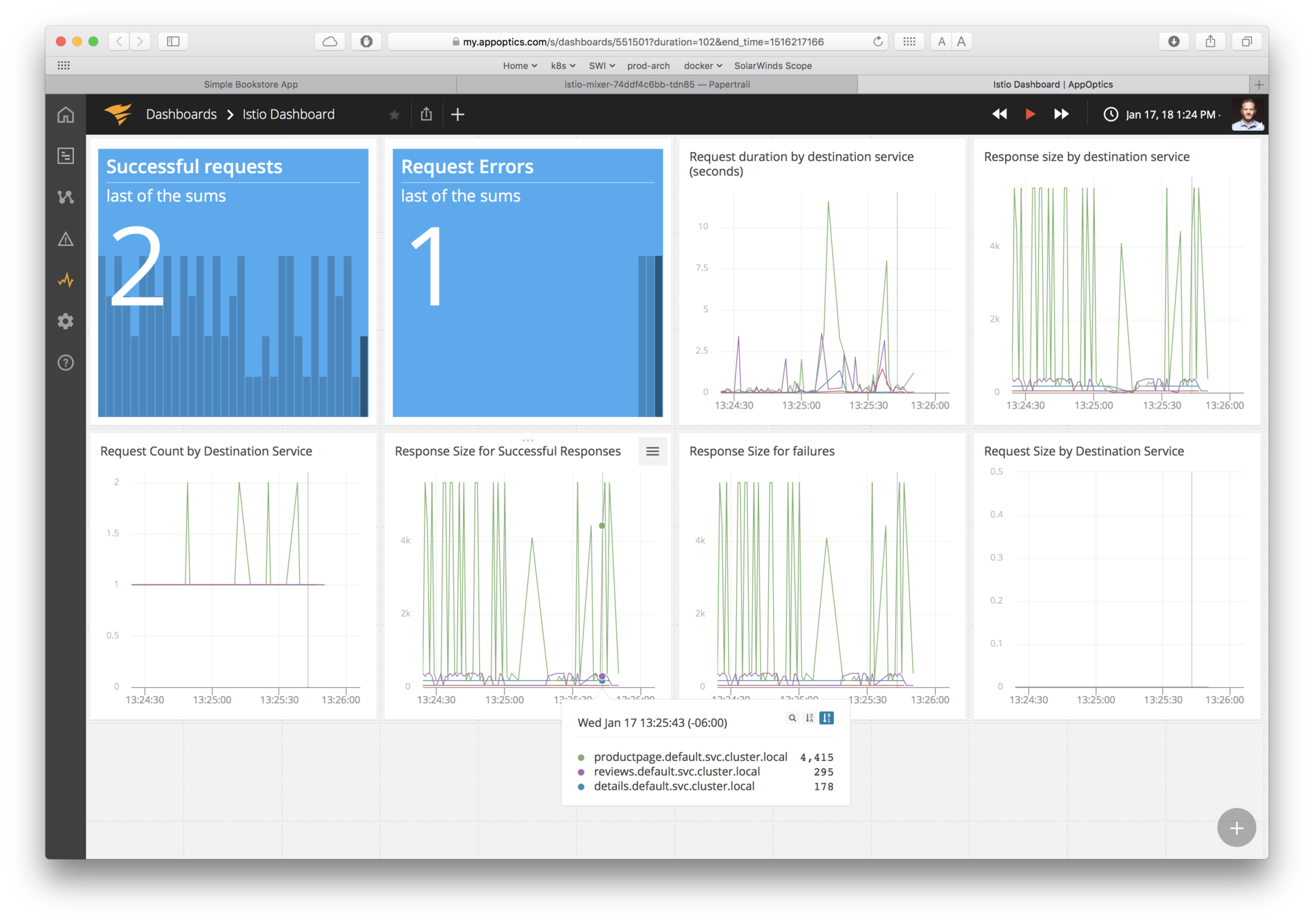The Enterprise Path to Service Meshes


April 2019
clouds, containers, functions, applications, and their management
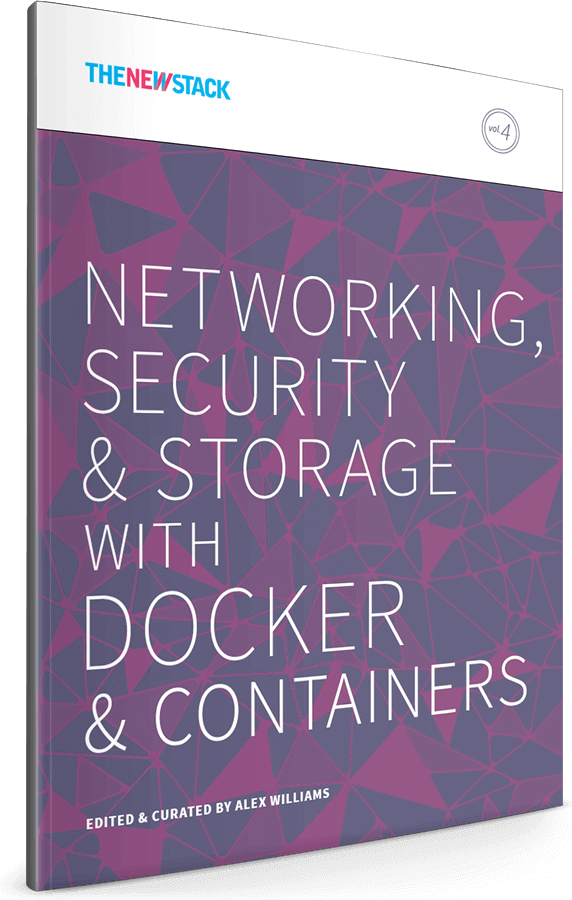

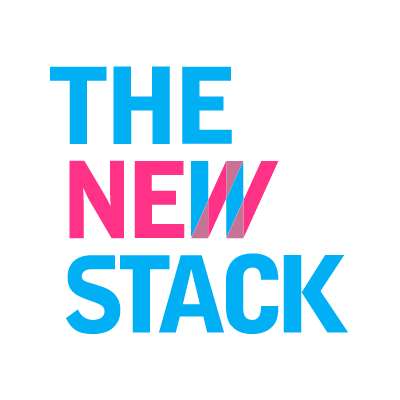





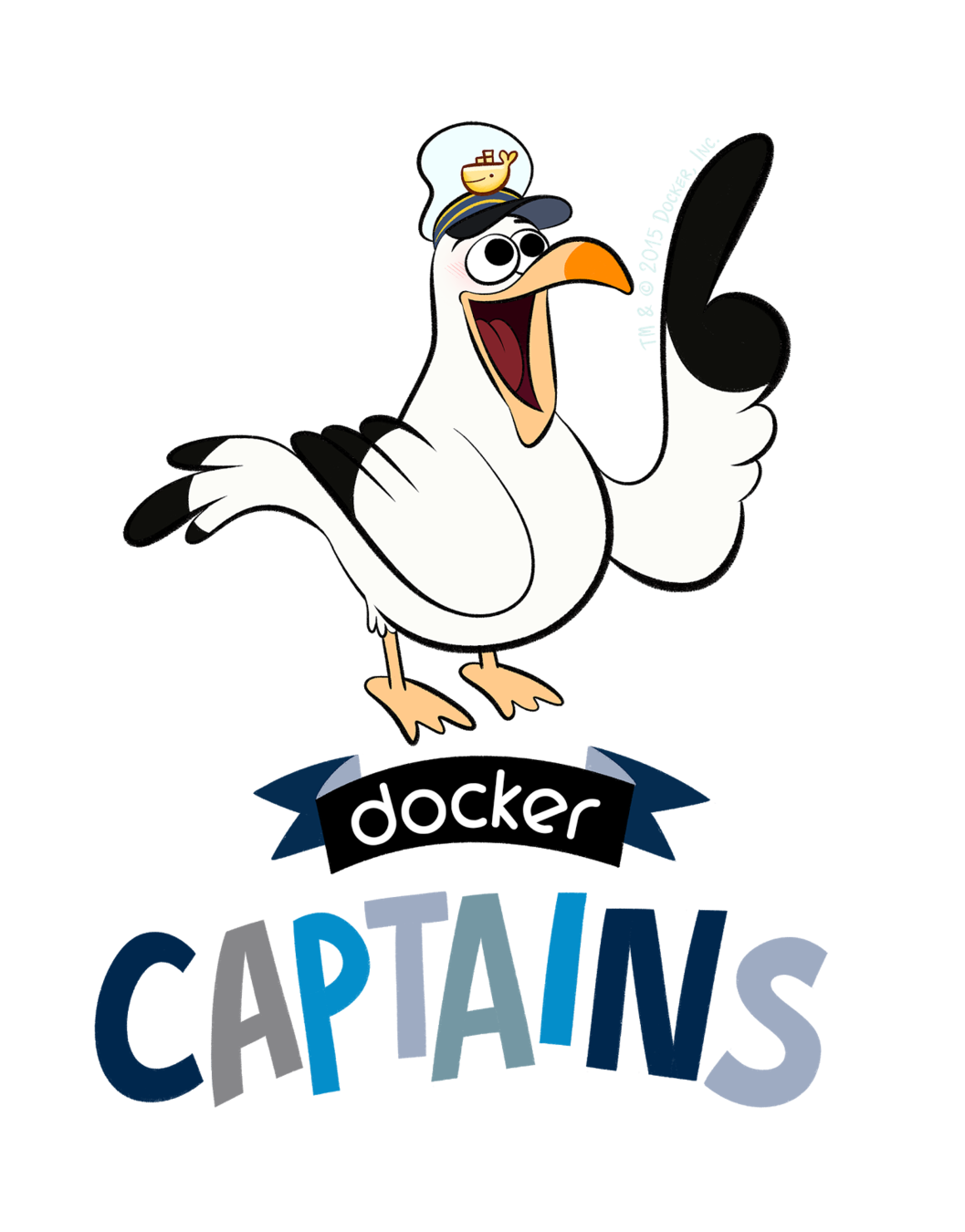


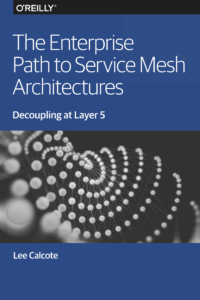

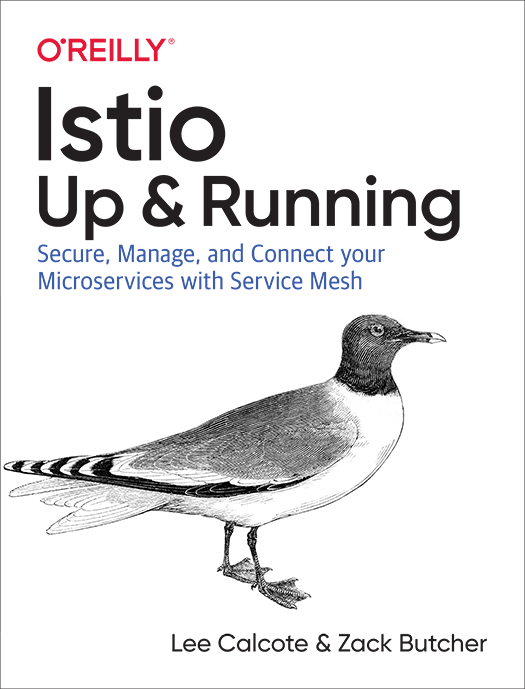
Freely Available
at
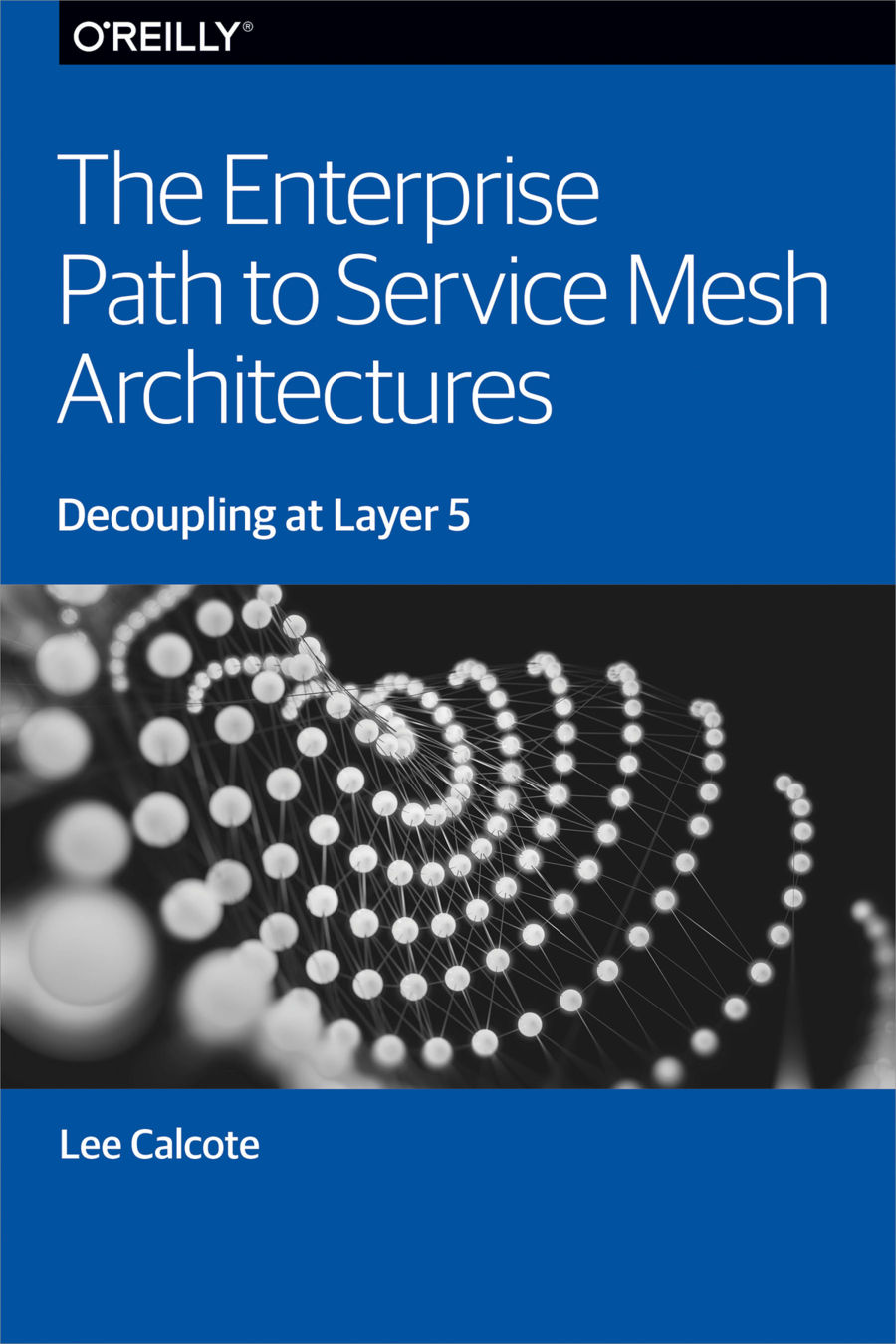
Microservices
The more, the merrier?
BookInfo Sample App
Reviews v1
Reviews Pod
Reviews v2
Reviews v3
Product Pod
Details Container
Details Pod
Ratings Container
Ratings Pod

Product Container
Reviews Service
Benefits
First few services are relatively easy
Democratization of language and technology choice
Faster delivery, service teams running independently, rolling updates
Challenges
Next 10 or so may introduce pain
Language and framework-specific libraries
Distributed environments, ephemeral infrastructure, out-moded tooling
Why use a Service Mesh?
to avoid...
-
Bloated service code
-
Duplicating work to make services production-ready
-
Load balancing, auto scaling, rate limiting, traffic routing...
-
-
Inconsistency across services
-
Retry, tls, failover, deadlines, cancellation, etc., for each language, framework
-
Siloed implementations lead to fragmented, non-uniform policy application and difficult debugging
-
-
Diffusing responsibility of service management
Which is why...
I have a container orchestrator.

Core
Capabilities
-
Cluster Management
-
Host Discovery
-
Host Health Monitoring
-
-
Scheduling
-
Orchestrator Updates and Host Maintenance
-
Service Discovery
-
Networking and Load Balancing
-
Stateful Services
-
Multi-Tenant, Multi-Region
Additional
Key Capabilities
-
Application Health and Performance Monitoring
-
Application Deployments
-
Application Secrets

minimal capabilities required to qualify as a container orchestrator
Service meshes generally rely on these underlying layers.
Which is why...
I have an API gateway.
Microservices API Gateways
-
Ambassador uses Envoy
-
Kong uses Nginx
-
OpenResty uses Nginx
What do we need?
• Observability
• Logging
• Metrics
• Tracing
• Traffic Control
• Resiliency
• Efficiency
• Security
• Policy
a Service Mesh
What is a Service Mesh?
a dedicated layer for managing service-to-service communication
So, a microservices platform?
obviously.
Orchestrators don't bring all that you need
and neither do service meshes,
but they do get you closer.
Missing: application lifecycle management, but not by much
partially.
a services-first network
Missing: distributed debugging; provide nascent visibility (topology)
BookInfo Sample App on Service Mesh
Reviews v1
Reviews Pod
Reviews v2
Reviews v3
Product Pod
Details Container
Details Pod
Ratings Container
Ratings Pod

Product Container
Envoy sidecar
Envoy sidecar
Envoy sidecar
Envoy sidecar
Envoy sidecar
Reviews Service
Enovy sidecar
Envoy ingress







DEV
OPS
Layer 5
where Dev and Ops meet
Problem: too much infrastructure code in services
layer5.io/landscape
What is Istio?
an open platform to connect, manage, and secure microservices
-
Observability
-
Resiliency
-
Traffic Control
-
Security
-
Policy Enforcement


@IstioMesh
Observability
what gets people hooked on service metrics
Goals
-
Metrics without instrumenting apps
-
Consistent metrics across fleet
-
Trace flow of requests across services
-
Portable across metric back-end providers
You get a metric! You get a metric! Everyone gets a metric!
© 2018 SolarWinds Worldwide, LLC. All rights reserved.
Traffic Control
control over chaos
- Traffic splitting
- L7 tag based routing?
- Traffic steering
- Look at the contents of a request and route it to a specific set of instances.
- Ingress and egress routing
Resilency
- Systematic fault injection
-
Timeouts and Retries with timeout budget
-
Circuit breakers and Health checks
-
Control connection pool size and request load
content-based traffic steering
Istio Architecture
Istio Architecture
Control Plane
Data Plane

- Touches every packet/request in the system.
- Responsible for service discovery, health checking, routing, load balancing, authentication, authorization, and observability.
- Provides policy and configuration for services in the mesh.
- Takes a set of isolated stateless sidecar proxies and turns them into a service mesh.
- Does not touch any packets/requests in the system.
Pilot
Citadel
Mixer
Control Plane
Data Plane
istio-system namespace
policy check
Foo Pod
Proxy Sidecar
Service Foo
tls certs
discovery & config
Foo Container
Bar Pod
Proxy Sidecar
Service Bar
Bar Container
Out-of-band telemetry propagation
telemetry
reports
Control flow during request processing
application traffic
Application traffic
application namespace
telemetry reports
Istio Architecture

Service Proxy Sidecar
- A C++ based L4/L7 proxy
- Low memory footprint
- In production at Lyft™
Capabilities:
- API driven config updates → no reloads
- Zone-aware load balancing w/ failover
- Traffic routing and splitting
- Health checks, circuit breakers, timeouts, retry budgets, fault injection…
- HTTP/2 & gRPC
- Transparent proxying
- Designed for observability
the included battery
Data Plane
Pod
Proxy sidecar
App Container


What's Pilot for?
provides service discovery to sidecars
manages sidecar configuration
Pilot
Citadel
Control Plane
the head of the ship
Mixer
istio-system namespace
system of record for service mesh



}
provides abstraction from underlying platforms
What's Mixer for?
- Point of integration with infrastructure back ends
- Intermediates between Istio and back ends, under operator control
- Enables platform and environment mobility
- Responsible for policy evaluation and telemetry reporting
- Provides granular control over operational policies and telemetry
- Has a rich configuration model
- Intent-based config abstracts most infrastructure concerns
Pilot
Citadel
Mixer
Control Plane
istio-system namespace
an attribute-processing and routing machine
operator-focused
- Precondition checking
- Quota management
- Telemetry reporting
Mixer
Mixer
Control Plane
Data Plane
istio-system namespace
Foo Pod
Proxy sidecar
Service Foo
Foo Container
Out-of-band telemetry propagation
Control flow during request processing
application traffic
application traffic
application namespace
telemetry reports



an attribute processing engine
AppOptics™
- Uses pluggable adapters to extend its functionality
- Adapters run within the Mixer process
- Adapters are modules that interface to infrastructure backends
- (logging, metrics, quotas, etc.)
- Multi-interface adapters are possible
- (e.g., SolarWinds® adapter sends logs and metrics)
Mixer Adapters
types: logs, metrics, access control, quota
Papertrail™
Prometheus™



Stackdriver™
Open Policy Agent
Grafana™
Fluentd
Statsd
®


What's Citadel for?
-
Verifiable identity
- Issues certs
- Certs distributed to service proxies
- Mounted as a Kubernetes secret
- Secure naming / addressing
- Traffic encryption
Pilot
Citadel
Control Plane
security at scale
Mixer
istio-system namespace
security by default
Orchestrate Key & Certificate:
- Generation
- Deployment
- Rotation
- Revocation
®
Adopting a service mesh
Adopter’s Dilemma
Which service mesh to use?
What's the catch? Nothing's for free.
Playground
WHICH SERVICE MESH SHOULD I USE AND HOW DO I GET STARTED?
Learn about the functionality of different service meshes and visually manipulate mesh configuration.
Performance Benchmark
WHAT OVERHEAD DOES BEING ON THE SERVICE MESH INCUR?
Benchmark the performance of your application across different service meshes and compare their overhead.
layer5.io/meshery
@lcalcote
Meshery
a multi-service mesh performance benchmark and playground

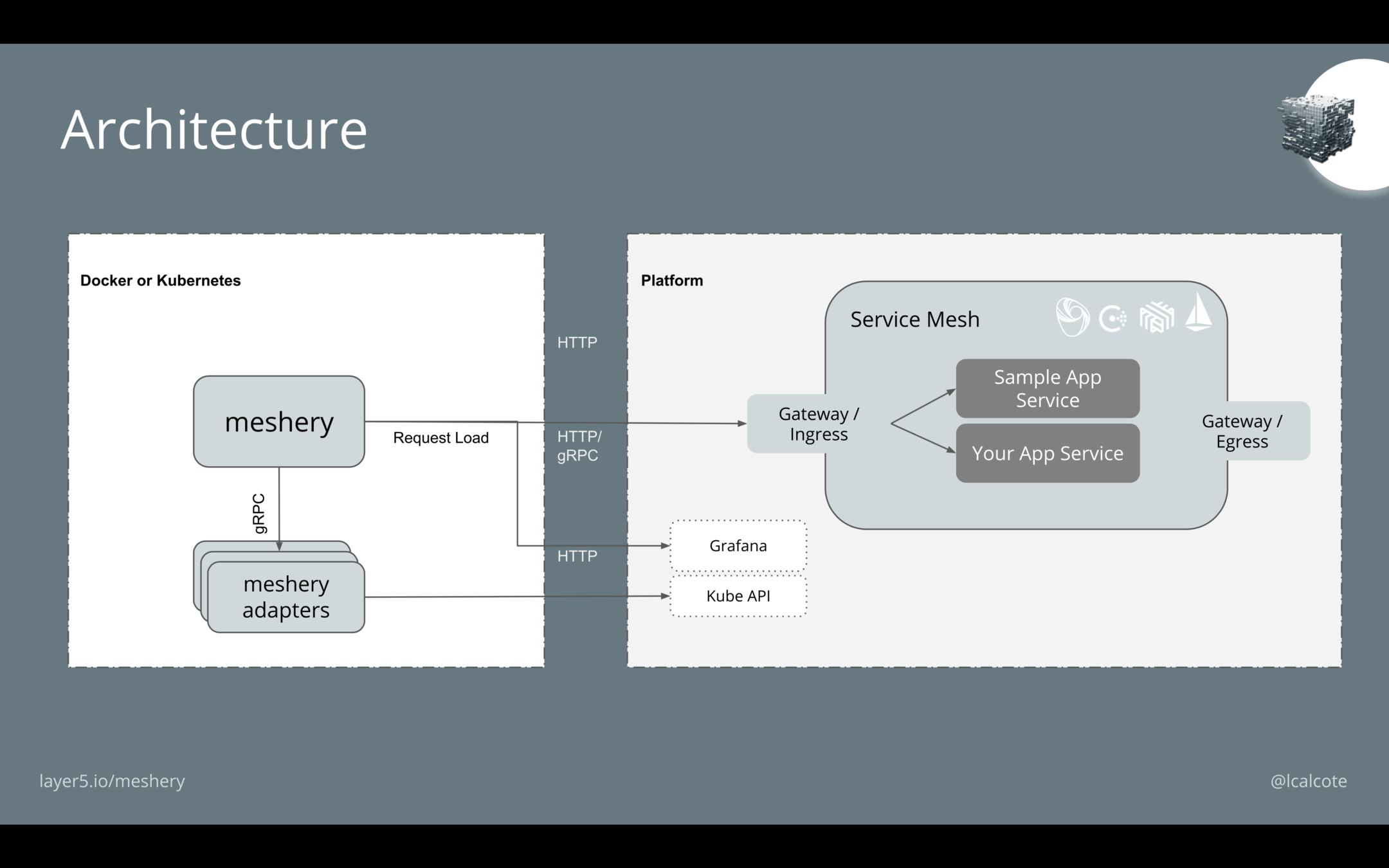
Demo
Deployment
-
Deployment of Meshery and sample app
Configuration
-
Cluster, adapters and grafana
-
Configuration validation using Istio Vet
Performance tests
-
View individual test result
-
Compare multiple tests (two)
-
Compare multiple tests (many)
-
Benchmark Specification
Side-by-Side Performance Comparison
Istio
Linkerd
Consul
Octarine
App Mesh?
Results coming…
Upcoming presentations:
-
Container World
-
DockerCon
-
KubeCon EU
@lcalcote
layer5.io/meshery
Service Mesh Benchmark Specification
A project and vendor-neutral specification for capturing details of:
-
Environment / Infrastructure
-
Number and size of nodes, orchestrator
-
-
Service mesh and its configuration
-
Service / application details
Bundled with test results.

github.com/layer5io/service-mesh-benchmark-spec

@lcalcote
layer5.io/meshery
layer5.io/books

Subscribe for Early Release
at
https://layer5.io/subscribe
Lee Calcote
Thank you. Questions?
clouds, containers, functions,
applications and their management







